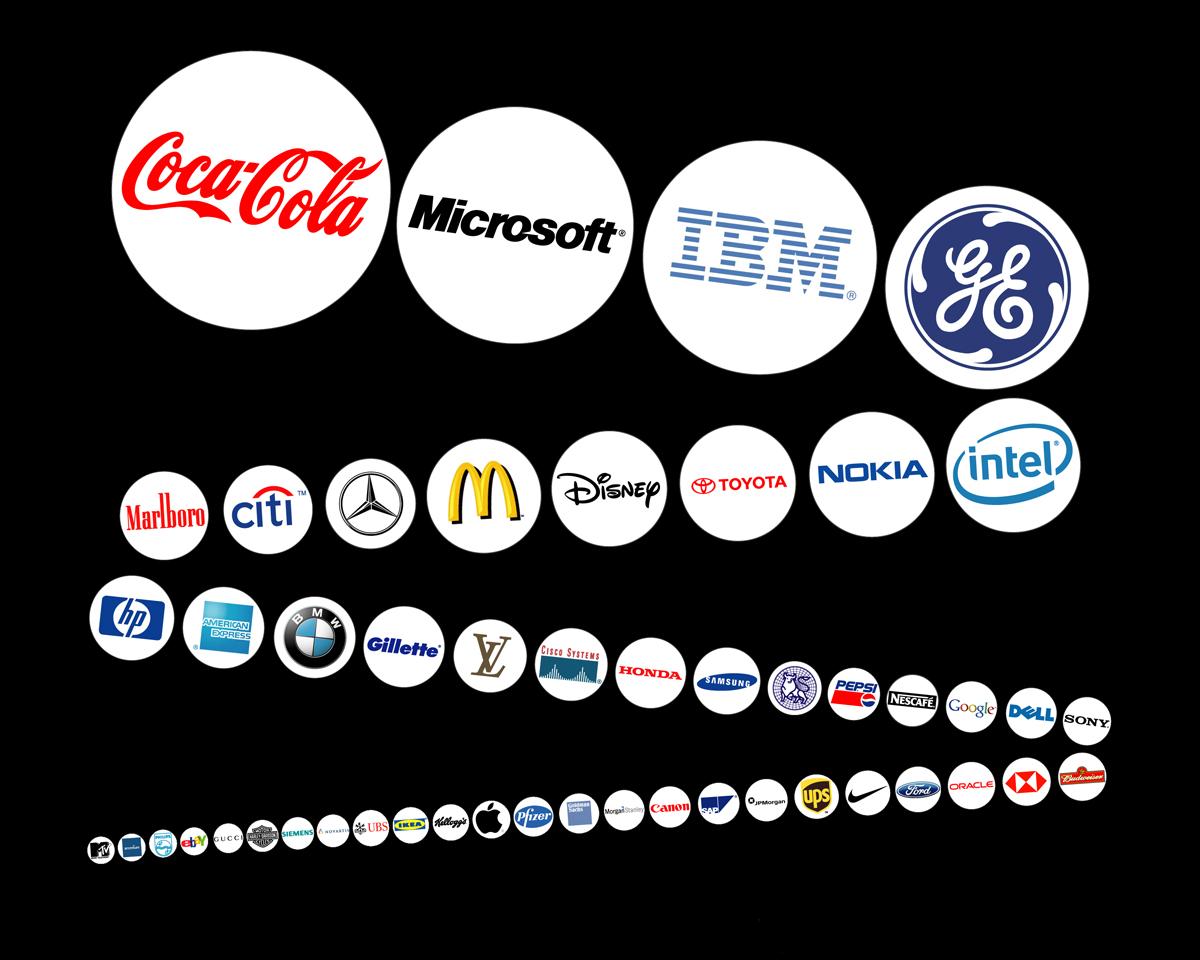Twelve months ago, Lululemon Athletica was one of the hottest brands in the world. Sales of its high-priced yoga gear were exploding; the company was expanding into new markets; experts were in awe of its “cultlike following.” As one observer put it, “They’re more than apparel. They’re a life style.” But then customers started complaining about pilling fabrics, bleeding dyes, and, most memorably, yoga pants so thin that they effectively became transparent when you bent over. Lululemon’s founder made things worse by suggesting that some women were too fat to wear the company’s clothes. And that was the end of Lululemon’s charmed existence: the founder stepped down from his management role, and, a few weeks ago, the company said that it had seen sales “decelerate meaningfully.”
It’s a truism of business-book thinking that a company’s brand is its “most important asset,” more valuable than technology or patents or manufacturing prowess. But brands have never been more fragile. The reason is simple: consumers are supremely well informed and far more likely to investigate the real value of products than to rely on logos. “Absolute Value,” a new book by Itamar Simonson, a marketing professor at Stanford, and Emanuel Rosen, a former software executive, shows that, historically, the rise of brands was a response to an information-poor environment. When consumers had to rely on advertisements and their past experience with a company, brands served as proxies for quality; if a car was made by G.M., or a ketchup by Heinz, you assumed that it was pretty good. It was hard to figure out if a new product from an unfamiliar company was reliable or not, so brand loyalty was a way of reducing risk. As recently as the nineteen-eighties, nearly four-fifths of American car buyers stayed loyal to a brand.
Today, consumers can read reams of research about whatever they want to buy. This started back with Consumer Reports, which did objective studies of products, and with J. D. Power’s quality rankings, which revealed what ordinary customers thought of the cars they’d bought. But what’s really weakened the power of brands is the Internet, which has given ordinary consumers easy access to expert reviews, user reviews, and detailed product data, in an array of categories. A recent PricewaterhouseCoopers study found that eighty per cent of consumers look atonline reviews before making major purchases, and a host of studies have logged the strong influence those reviews have on the decisions people make. The rise of social media has accelerated the trend to an astonishing degree: a dud product can become a laughingstock in a matter of hours. In the old days, you might buy a Sony television set because you’d owned one before, or because you trusted the brand. Today, such considerations matter much less than reviews on Amazon and Engadget and CNET. As Simonson told me, “each product now has to prove itself on its own.”
It’s been argued that the welter of information will actually make brands more valuable. As the influential consultancy Interbrand puts it, “In a world where consumers are oftentimes overwhelmed with information, the role a brand plays in people’s lives has become all the more important.” But information overload is largely a myth. “Most consumers learn very quickly how to get a great deal of information efficiently and effectively,” Simonson says. “Most of us figure out how to find what we’re looking for without spending huge amounts of time online.” And this has made customer loyalty pretty much a thing of the past. Only twenty-five per cent of American respondents in a recent Ernst & Young study said that brand loyaltyaffected how they shopped.
For established brands, this is a nightmare. You can never coast on past performance—the percentage of brand-loyal car buyers has plummeted in the past twenty years—and the price premium that a recognized brand can charge has shrunk. If you’re making a better product, you can still charge more, but, if your product is much like that of your competitors, your price needs to be similar, too. That’s the clearest indication that the economic value of brands—traditionally assessed by the premium a company could charge—is waning. This isn’t true across the board: brands retain value where the brand association is integral to the experience of a product (Coca-Cola, say), or where they confer status, as with luxury goods. But even here the information deluge is transformative; luxury travel, for instance, has been profoundly affected by sites like TripAdvisor.
For consumers this is ideal: they’re making better choices, and heightened competition has raised quality and held down prices. And they’re not the only beneficiaries; upstarts now find it easier to compete with the big boys. If you build a better mousetrap, people will soon know about it. A decade ago, personal-computer companies like Asus and Acer had almost no brand identity outside Taiwan. Now they are major players. Roku, a maker of streaming entertainment devices, has thrived even though its products have to compete with similar ones made by Apple (which is usually cited as the world’s most valuable brand). And Hyundai has gone from being a joke to selling four million cars a year. For much of the twentieth century, consumer markets were stable. Today, they are tumultuous, and you’re only as good as your last product. For brands like Lululemon, there’s only one consolation: make something really great and your past sins will be forgotten.
(via New Yorker)
The opinions expressed in this article are solely those of the author.







